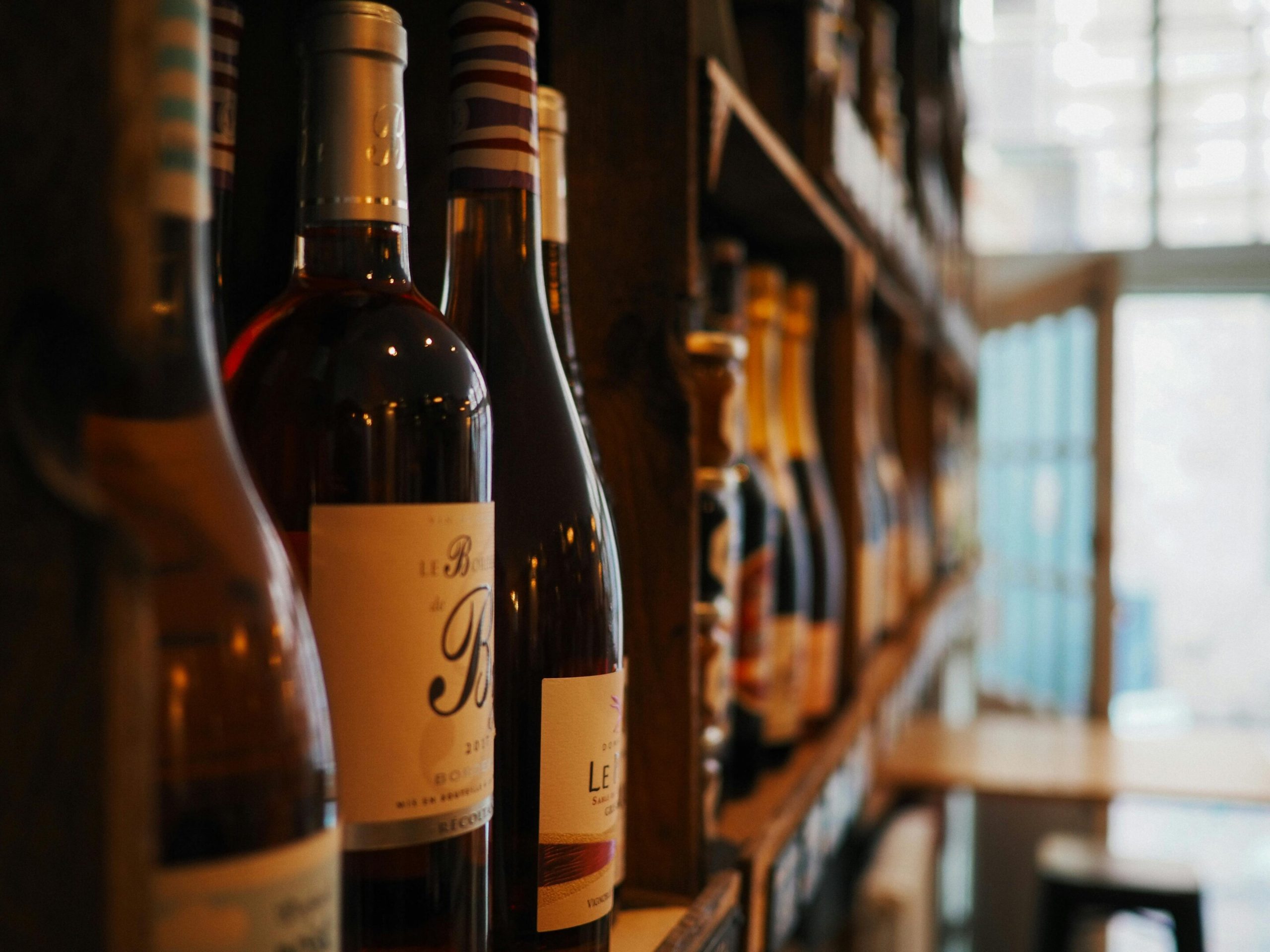A study from Washington State University (WSU) reveals that wineries producing “cult wines” can maximize long-term profits by maintaining low prices and creating excess demand. Cult wines, known for their rarity and luxury status, are only available through exclusive allocation lists or secondary markets.
The study, published in the Journal of Economic Behavior & Organization, focused on wineries in Washington, Oregon, and California. By keeping prices below the market equilibrium, wineries foster consumer perception of scarcity, increasing demand and enhancing their brand’s prestige over time.
Scarcity Pricing Creates Exclusivity Boosts Demand and Enhances Long Term Brand Value
The study’s co-author, Jill McCluskey, was intrigued by why cult wine producers did not simply raise prices to eliminate allocation lists. The research found that setting prices below equilibrium led to higher demand, creating a sense of exclusivity. While this strategy does not yield immediate profits, it benefits wineries in the long run by increasing the number of consumers willing to pay premium prices. Over time, this demand translates into greater revenue, reinforcing the winery’s elite status in the market.

The concept of scarcity pricing extends beyond cult wines to other industries, such as limited-edition whiskey, sought-after concert tickets, and exclusive restaurant reservations. Consumers perceive products with limited availability as more desirable, fueling demand and willingness to pay higher prices.
This strategy, while potentially unusual, is economically rational as it ensures sustained interest and higher future pricing opportunities. The study highlights how businesses across various sectors can leverage scarcity to build brand prestige and customer loyalty.
Secondary Market Influence: Driving Demand and Sustaining Long-Term Profitability for Wineries
Another key finding of the study is the impact of the secondary market, where cult wines are resold at significantly higher prices. Although wineries do not directly benefit from these short-term profits, they gain in the long term as secondary market prices drive future demand. Researchers observed that a larger price difference between the initial release price and the resale price leads to even greater demand over time. This effect enables wineries to increase their prices gradually while still maintaining an aura of exclusivity.
McCluskey’s interest in wine economics extends beyond cult wines. She has previously studied sustainability labels and consumer willingness to pay for eco-friendly products. Moving forward, she plans to explore how factors such as health preferences, environmental concerns, and cannabis legalization influence wine demand. As the wine industry faces new challenges, understanding consumer behavior through economic research can help producers refine their pricing and marketing strategies to maintain long-term profitability.


